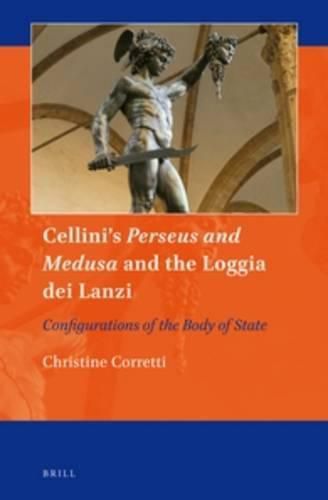Readings Newsletter
Become a Readings Member to make your shopping experience even easier.
Sign in or sign up for free!
You’re not far away from qualifying for FREE standard shipping within Australia
You’ve qualified for FREE standard shipping within Australia
The cart is loading…






Benvenuto Cellini’s Perseus and Medusa, one of Renaissance Italy’s most complex sculptures, is the subject of this study, which proposes that the statue’s androgynous appearance is paradoxical. Symbolizing the male ruler overcoming a female adversary, the Perseus legitimizes patriarchal power; but the physical similarity between Cellini’s characters suggests the hero rose through female agency. Dr. Corretti argues that although not a surrogate for powerful Medici women, Cellini’s Medusa may have reminded viewers that Cosimo I de’ Medici’s power stemmed in part from maternal influence. Drawing upon a vast body of art and literature, Dr. Corretti concludes that Cellini and his contemporaries knew the Gorgon as a version of the Earth Mother, whose image is found in art for Medici women.
$9.00 standard shipping within Australia
FREE standard shipping within Australia for orders over $100.00
Express & International shipping calculated at checkout
Benvenuto Cellini’s Perseus and Medusa, one of Renaissance Italy’s most complex sculptures, is the subject of this study, which proposes that the statue’s androgynous appearance is paradoxical. Symbolizing the male ruler overcoming a female adversary, the Perseus legitimizes patriarchal power; but the physical similarity between Cellini’s characters suggests the hero rose through female agency. Dr. Corretti argues that although not a surrogate for powerful Medici women, Cellini’s Medusa may have reminded viewers that Cosimo I de’ Medici’s power stemmed in part from maternal influence. Drawing upon a vast body of art and literature, Dr. Corretti concludes that Cellini and his contemporaries knew the Gorgon as a version of the Earth Mother, whose image is found in art for Medici women.